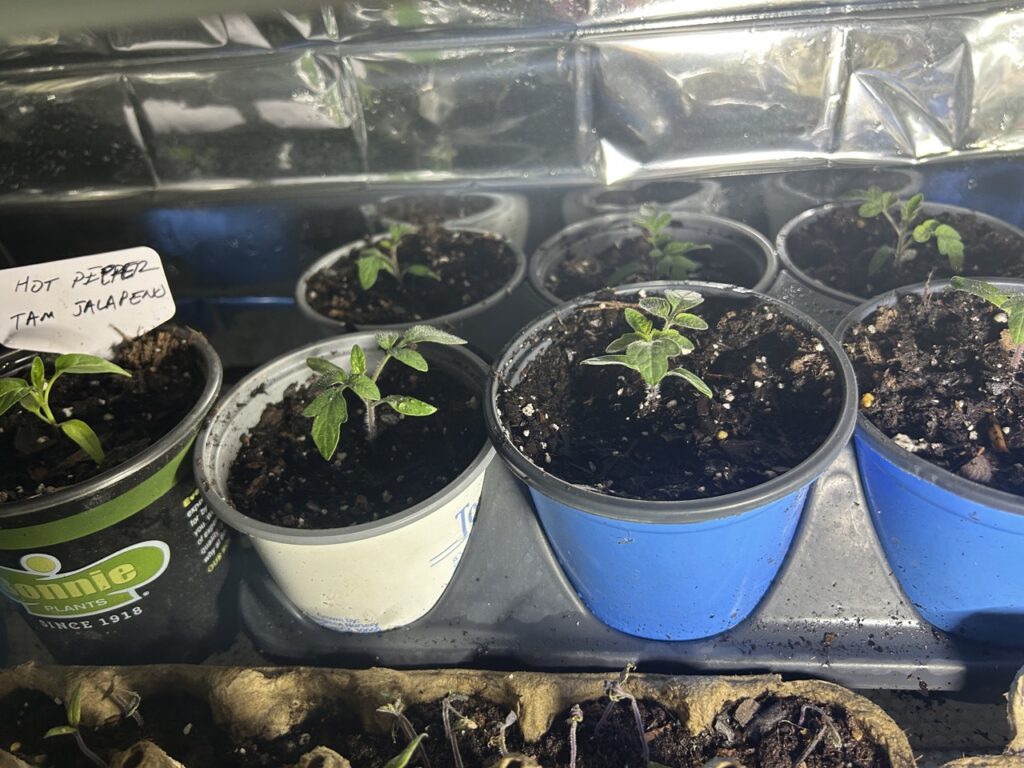Introduction
Gather ’round, young sprouts, as this old grumpy gnome reluctantly shares his wisdom on potting up nightshades. Today at Bad Gnome Gardening, we’ll be covering tomatoes, eggplants, and peppers, and though I’d much rather be feasting on ripe tomatoes than tending to seedlings, I suppose I’ll impart some knowledge on their particular transplanting needs. So, let’s begrudgingly get started, shall we? Is it time for a beer yet?
The Tedious Task of Transplanting Tomatoes
Oh, tomatoes. Can’t live with ’em, can’t live without ’em. When transplanting these needy seedlings, it’s essential to bury them up to their first set of leaves. As they grow, you’ll need to move them to larger pots, but trust me, the juicy end result is worth the effort. And remember to keep them in a suitable indoor greenhouse until they’re ready to be brought outside for hardening off. That is, if you want any tomatoes to eat at all. Confused? Please head over to check out a live recorded demo of potting up tomatoes on our YouTube channel.


Eggplants: The Fussiest of the Nightshade Family
Eggplants are the fussiest of the nightshade family, so their transplanting process requires extra care. Keep the seedlings well-watered and ensure they have ample sunlight. As they grow, you’ll need to transplant them into larger pots, just like their tomato brethren. And be sure to use quality potting soil like Miracle Grow Potting Soil, which is perfect for transplanting seedlings, if you want these finicky plants to thrive.

Potting Up Peppers: A Necessary Evil
Now, let’s talk about peppers. These little firecrackers can be as temperamental as the sun on a hot summer day. When transplanting pepper seedlings, you’ll need to provide them with ample space to grow and ensure they have plenty of sunlight. Using Miracle Grow Potting Soil can help provide the nutrients they need, which is the one bright spot in this otherwise tedious process.
The Benefits of Raised Beds for Nightshades
If you can manage to drag yourself away from your comfortable gnome home, consider planting your nightshades in raised beds. The benefits are numerous, including better drainage, improved soil quality, and easier pest management. Plus, it’s easier on your old gnome back, which is quite important when you’d rather be lounging about.
A Warning: Don’t Mix Potatoes and Tomatoes
Now, listen up, because this is important: never, ever mix potatoes and tomatoes when co-planting. These two just don’t get along. They’re susceptible to the same diseases, and you don’t want to risk wiping out your entire crop. After all, what’s a grumpy gnome to do without his ripe tomatoes and hearty potatoes?

Conclusion
So there you have it, a comprehensive guide to potting up nightshades in the style of a grumpy old gnome who’d much rather be eating the fruits of his labor than transplanting seedlings. But I suppose the end result is worth the toil. Follow these steps, and you’ll be enjoying a bountiful harvest of tomatoes, eggplants, and peppers in no time. Now, if you’ll excuse me, I’ve got some store bought ripe tomatoes to attend to since we just ran outta canned ones from last year’s harvest.
